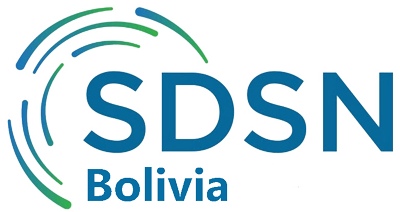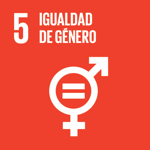March 7th, 2022
Gender equality is not only a fundamental human right, but is essential to achieving a peaceful, prosperous and sustainable society. To achieve and promote these goals, women’s quest for their equal participation in society and their full development as individuals is commemorated on International Women’s Day. However, gender inequalities remain significant worldwide and progress is slower than expected.
Incomes by gender: the world, Latin America, and Bolivia
In a world with gender equality, women would earn 50% of all labor income. The World Inequality Database (1) provides estimates of gender inequality in labor income.
Globally, women’s share of total labor income approached 30% in 1991 and reached 35% in 2019. In Latin America, the rate of progress has been higher, growing from 28% in 1991 to 36% in 2019 (see Figure 1).
By focusing on Bolivia, it is seen that it started from a lower level than the regional one, with 24% in 1991. The gap decreased and in 2019, Bolivian women earned 34% of all labor income in the country. A growth of 10%, compared to the regional 8% or 5% worldwide.
At this rate, we will reach gender equality in labor income in Bolivia by 2072.
Figure 1: Women’s share of total labor income in the World, Latin America and Bolivia, 1991 – 2019
Source: World Inequality Database (1)
Speeding the pace by promoting tourism
Hope is not lost. In Bolivia’s tourism sector, women already earn 72% of all labor income. Before the pandemic, the tourism sector in Bolivia employed 289,000 women and 90,000 men (2). That is, 76% of employment in this sector was female.
Compared to the rather discouraging data for the rest of the Bolivian labor income distribution, this is a positive difference.
However, within this industry there are also challenges. Jobs for women tend to be more precarious and lower paid. According to data from the 2019 Household Survey in Bolivia, women in the tourism sector earned approximately 21% less than men: Bs. 2,723 per month for men versus Bs. 2,160 per month for women.
By combining the data above, it can be calculated that approximately 72% of all labor income in the tourism sector in Bolivia goes to women.
The world in general, and Bolivia in particular, needs to move much faster in terms of gender equity. Although tourism is not a panacea, it appears to be one of the most promising sectors for accelerating progress towards gender equality. The fact that 76% of jobs in this sector are held by women is already cause for celebration. At SDSN Bolivia, we seek to promote research on the potential of this sector as an engine for sustainable and inclusive development and to accelerate gender equity in the country.
References:
(1)wid.world
(2)AnálisisReal-Latinoamérica (2018). El Sistema Económico de los Sistemas Locales: el potencial de los 339 municipios de Bolivia. La Paz, Bolivia: AnálisisReal-Latinoamérica y Fundación Jubileo. Junio.
* The authors are part of SDSN Bolivia.

 Español
Español
